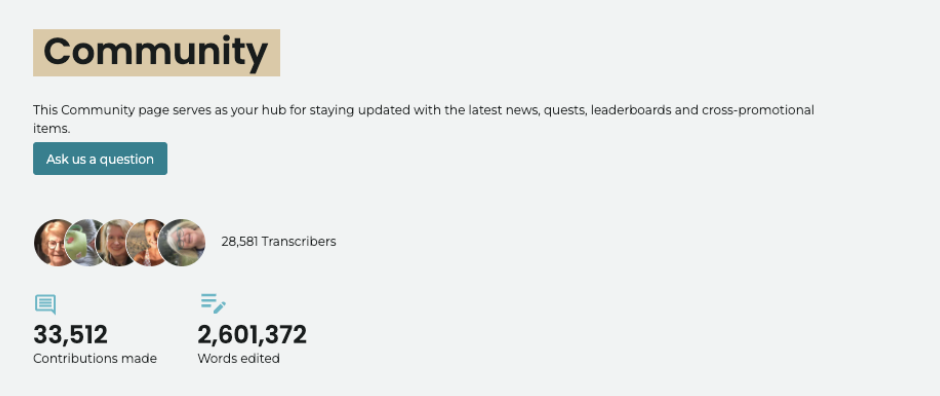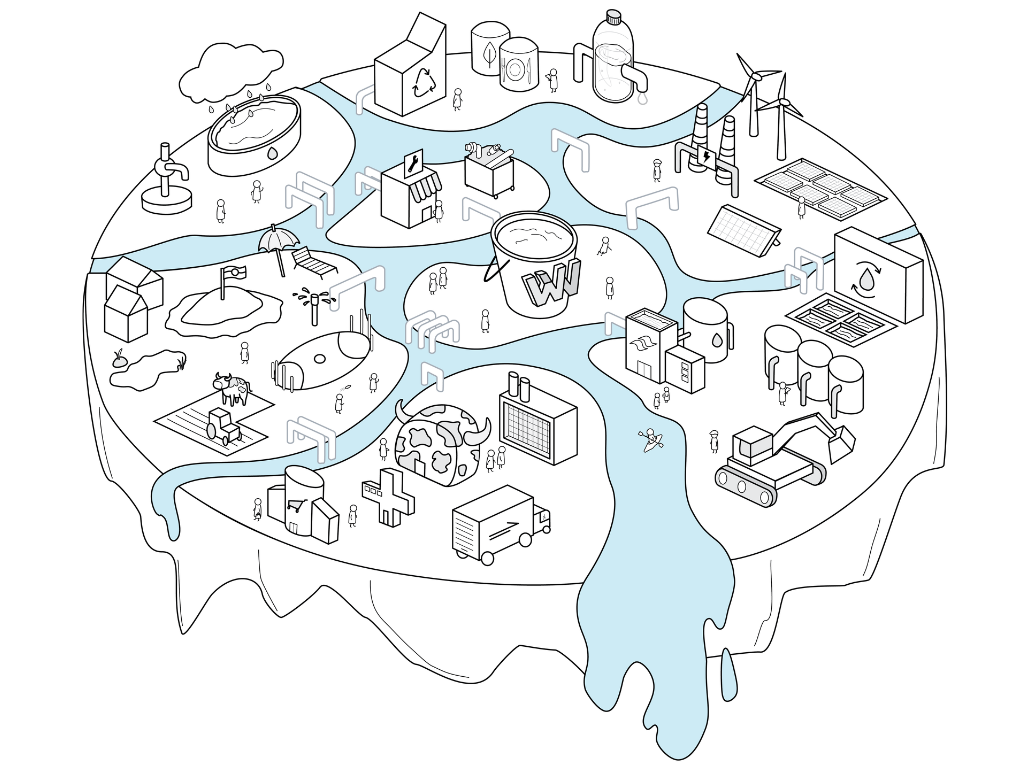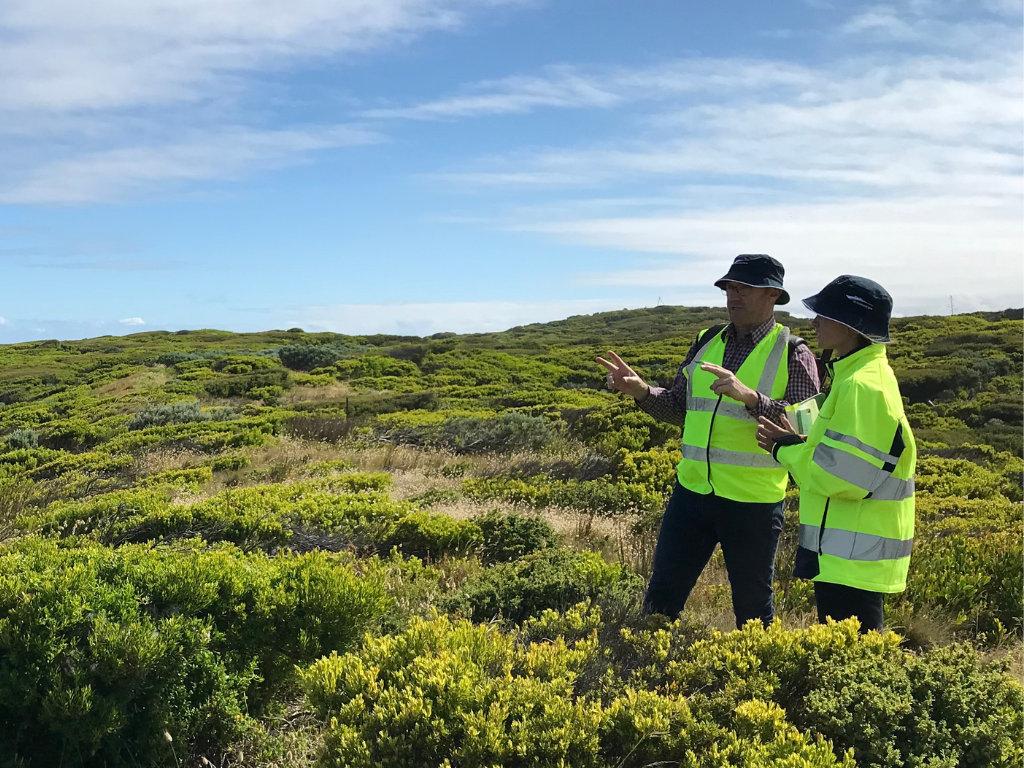The Australian War Memorial museum, located in Canberra, exists to commemorate the Australians who have served in war, while promoting a wider understanding of the country’s wartime experience.
The Australian War Memorial (AWM) has millions of archival documents. To preserve historical records and reach a broader, digital-first audience, AWM is dedicated to digitising their archives. Understandably, digitisation requires a mammoth effort that staff alone cannot undertake.
The Australian War Memorial decided to tackle this challenge by harnessing the interest of volunteers and engaging the public to help transcribe historical records, including letters, diaries, films and interviews. To succeed in this venture, AWM engaged ThinkPlace to design a public digital transcription tool to entice a broad spectrum of history buffs.
Spearheaded by Dr Kerstin Oberprieler, who has a PhD in workplace gamification, design thinking and systems thinking, and supported by the ThinkPlace team, including Belinda Cooper, our team embarked on a journey of creating a tool that was not only functional but fun to use.

Image: example of a letter that the public helped to transcribe
The Challenge
Why ask people to transcribe when technology has come so far?
While the capabilities of machine learning and AI transcription tools have accelerated in recent years, their accuracy is still limited. If The Australian War Memorial were to rely solely on machine learning transcription software, the final products risked being littered with omissions and mistakes.
A hybrid model, using both humans and AI, could overcome these shortcomings. However, with a seemingly endless amount of historical documents to transcribe, many written in cursive and therefore difficult for younger generations to read, the challenge was to ensure the tasks were user-friendly, engaging and satisfying for volunteers.
Additionally, we needed to ensure the tool didn’t glorify war and could appropriately manage potentially confronting content.
Our Response
Understanding the digital volunteer
The essence of any ThinkPlace journey is in co-design. We launched our process by undertaking design thinking research involving two co-design workshops with internal stakeholders and five focus interviews. We established a hypothesis that outlined the digital volunteer’s characteristics, motivations, values and availability. By understanding who the platform would be engaging, we could foresee potential barriers they could face in connecting with and contributing to the program.
A framework for building Transcribe
Our Discovery Report gave the Australian War Memorial a clear direction on how to develop an engaging transcription tool, which we named ‘AWM Scribe’ (it has since been renamed to ‘Transcribe’).
Our Discovery Report included:
- Our research findings from the co-design phase
- The psychology and behavioural science we used to shape the user experience design
- Clear outlines of the tool’s core features and user flow, including user interface wireframes
- Technical requirements and considerations
- Recommendations for next steps and implementation
The psychology and behavioural science we implemented underpinned the project’s success. Seven core motivations drive human behaviour, so we drew from these to inform the tool’s behaviour nudge mechanics. While we were informed by all seven core motivations, Transcribe has a strong focus on inspiring purpose and mastery.
Purpose
Humans are motivated by purpose, so to ensure the volunteering felt purposeful, we used the behaviour nudge mechanic of narrative. We identified several narratives that would resonate with volunteers, including making them aware that their contribution will help future generations and that their contribution correlates to real, measurable public good. By implementing mission-led messaging into the transcription tool, the museum can ensure there’s a greater purpose in all tasks.
Mastery
Humans love to see progress towards their goals. To motivate volunteers to continue and complete a transcription, we designed progress bars and community leaderboards. Original documents, such as cursive handwritten letters, can be difficult to decipher. By offering friendly and subtle competition through leaderboards, and motivating volunteers with a percentage completed progress bar, transcribing is more engaging and gives a sense of community.

Image: An example of a percentage completed bar on a Transcription Quest: 13.5% Finalised, 35.15 Awaiting approval, 51.4% Open for review
Impact
Since our report was provided to them, the AWM team has done much work to design and deliver “Transcribe”. The tool was launched in February 2024, and as of May 2024, the tool has been used by more than 28,000 people. Transcribe went live on Valentine’s Day, with the team releasing hundreds of thousands of wartime love letters to entice newbie volunteers.

Image: A screengrab of the volunteer statistics, as of May 2024.
“This was one of my all-time favourite projects because it brings together two passions of mine – gamification and a connection to historical archives through my grandfather, who fought in World War II. I’m so grateful that he wrote an autobiography; it’s photos, diaries, letters and autobiographies that are so precious to give us a glimpse of these historical experiences.” – Dr Kerstin Oberprieler, ThinkPlace
By digitising history through communal effort, the Australian War Memorial is not only memorialising its archives, but also engaging the public on important historical stories.




